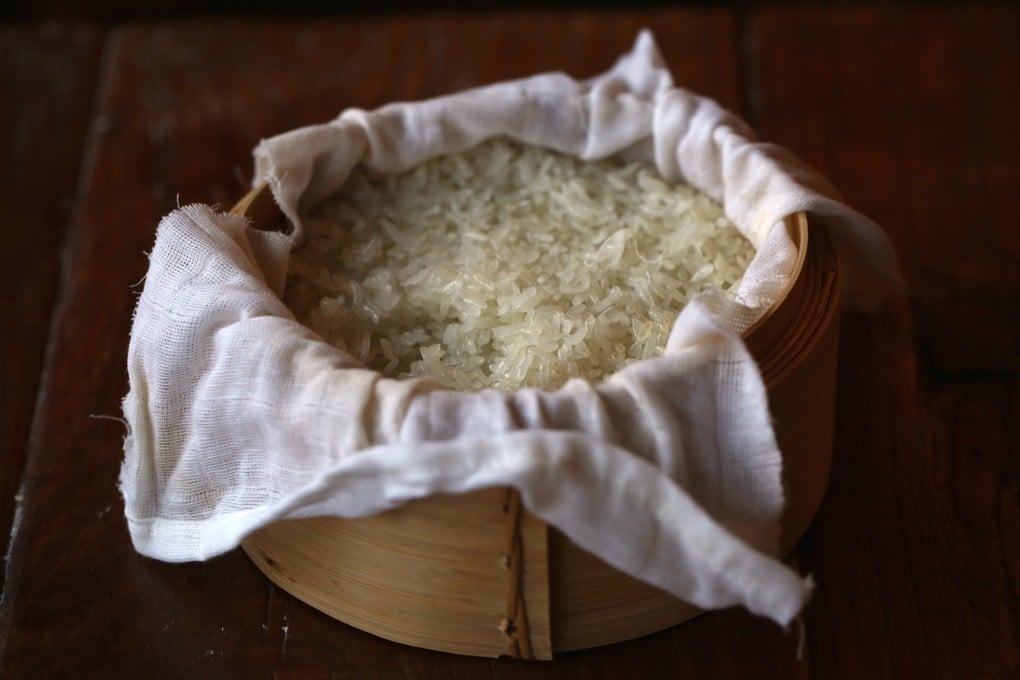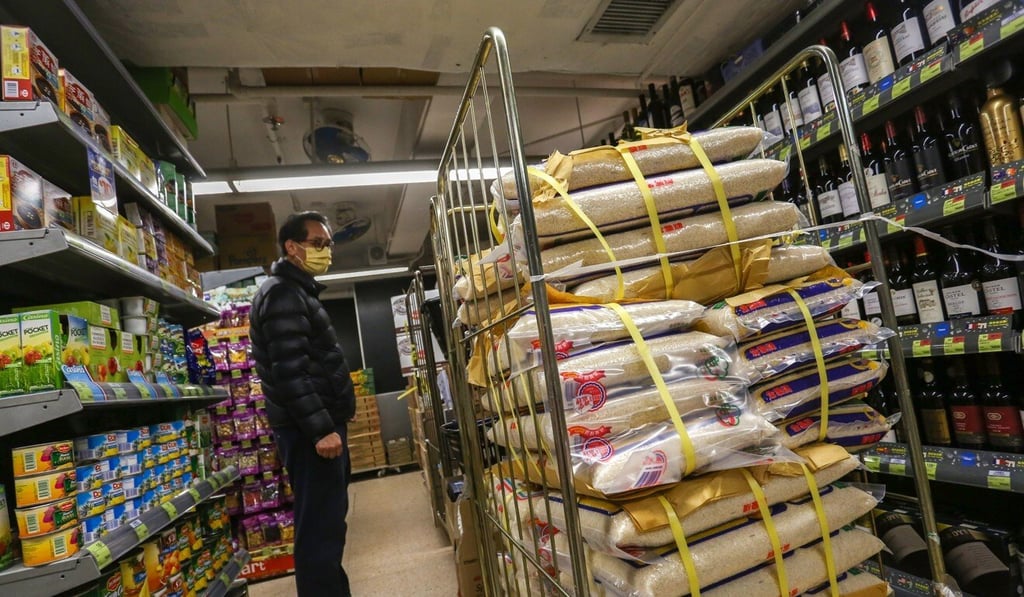Advertisement
How to cook rice: in Asia, it’s no laughing matter
- Comedian Nigel Ng’s ‘Uncle Roger’ send-up of BBC presenter Hersha Patel’s cooking had Asia in stitches, but our love affair with rice is a serious business
- Rice features on coats of arms, is appreciated like wine, and the average Asian eats 60kg a year. The secret to cooking it? It’s about how you rock the wok
Reading Time:5 minutes
Why you can trust SCMP

Food court operator and consultant K.F. Seetoh cooks his rice using a rice cooker so that the grains are cooked more evenly. For the same reason, chef Eric Low prefers to steam his. Ask self-styled “rice girl” Momoko Nakamura, however, and she swears by cooking over a stove.
“It tastes better on a stove with an actual flame, instead of through an electric kitchen appliance,” said Nakamura, who never cooks her rice over an induction stove. The former producer for food shows now curates organic rice from farmers across Japan for an international subscription service – much like a wine subscription.
Rice, in Asia, is serious business. The culturally diverse region eats a variety of rice – Basmati rice, Jasmine rice, multigrain rice or Japonica rice and more – and cooks it in different ways.
Advertisement
According to Statista, the average person in Asia consumes 60.4kg of rice a year, almost double the world average consumption of 38.4kg of rice per person.
China is the world’s largest producer of rice, producing over 148 million metric tons of milled rice, followed by India’s 116 million metric tons and Indonesia’s 36.70 million metric tons.
Advertisement

The price of rice can surge according to demand. For example, in April when droughts kept production low amid the coronavirus pandemic, Thailand increased its export prices to US$579 per metric ton, from US$510 just a month prior.
Advertisement
Select Voice
Choose your listening speed
Get through articles 2x faster
1.25x
250 WPM
Slow
Average
Fast
1.25x